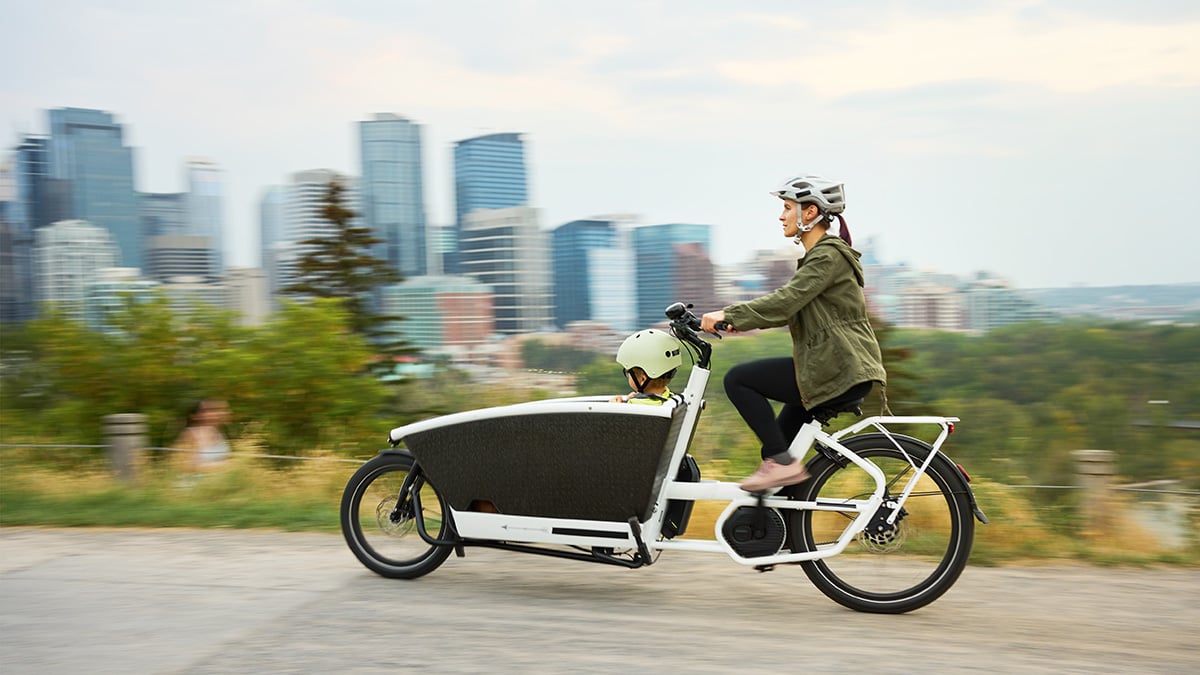Transforming industries through electrification
The electrification of society is a key element to combatting global warming and encompasses our daily lives in multifaceted ways.
 The impact of global warming
The impact of global warming
The escalating pace of global warming is unleashing more extreme weather, threatening tipping points and breaking temperature records. To slow the pace of global warming, governments and companies around the world have made a commitment to reach carbon neutrality by 2050, cutting emissions of the greenhouse gases that contribute to climate change.
“To deliver on the climate commitments made globally, substantial pivots are needed across industries and geographies,” says Harald Bauer, an Industrials & Electronics Practice Leader at consultancy firm McKinsey & Company.
As the energy transition accelerates and the world moves towards net zero, the switch from fossil fuel-based systems to electricity-based systems is a crucial lever to help achieve decarbonization goals.
Reimagining energy consumption
Consequently, electrification calls for us to reimagine the way we refuel our cars, heat our homes and power our industries. Besides reducing greenhouse gas emissions, increased electrification leads to lower noise levels, improved general health, and the ability to better manage the power grid. For example, charging vehicles and machines in off-peak hours can result in more efficient grid utilization and lower costs.
Of course, the energy source that is used to produce electricity matters: burning coal and fossils won’t make electricity a green alternative, whereas renewables like solar, wind and waves will.
80 percent fossil fuels
Currently, the global economy runs on approximately 20 percent electricity; everything else is powered by fossil fuels. To avoid global temperature increases, the integrated energy system of the future must run on 68 percent direct electricity, according to the Energy Transitions Commission. But the journey isn’t straightforward:
“Potential bottlenecks include land availability, energy infrastructure, manufacturing capacity, consumer affordability, investment willingness, and material availability,” according to a fresh McKinsey report entitled Global Energy Perspective 2023.
Rare earth minerals for energy transition
Rare earth minerals are required for most energy transition technologies, with electric vehicles (EVs) and wind generation both highly impacted by material bottlenecks. EVs are the key technology to decarbonize road transport, a sector that accounts for over 15 percent of global energy-related emissions, says International Energy Agency. The rapid uptake of electric vehicles on our roads is indeed a token of consumer willingness to go electric. But it is far from enough, warns the World Economic Forum in a recent report: “Most scientists agree that to keep global temperature increases below 1.5 degrees Celsius – and avoid climate disasters – we need to go much further than switching to EVs. We need a huge transition from a fossil energy dominated world to an electrified world in the next two decades.”
What this means, practically, is that more energy consumption needs to be electrified – either connected to the power grid or with local generation. Cars, trucks, buses and airplanes using petrol and kerosene, homes heated by natural gas, and industrial processes using fossil fuels must switch to electric alternatives.
Increased demand for mineral resources
Needless to say, this will require massive investments in electrical infrastructure. “In Germany alone, 80 billion euros need to be invested in the grid and the transition to green energy by 2035,” says Bauer.
McKinsey and other management consultants advise companies on how to unlock the business case behind electrification and overcome supply-chain bottlenecks. Luigi Gigliotti, Leader of the McKinsey Platform for Industrial Electrification, points out that “there are opportunities as well as value-chain constraints that need to be solved for the electrification to happen. Standard materials, such as copper, may turn out to be a bottleneck, as will metals required for energy storage media, such as lithium and cobalt.”
How copper powers electric vehicles
An EV, for example, typically requires four to five times as much copper as an internal combustion engine car. Many renewable energy sources also require certain metals and minerals. Mining activities need to be increased and to do it sustainably requires electrification, automation and digitalization.
Production of electric vehicles in smart factories, meanwhile, requires integrated solutions and sophisticated tools in order to realize the full potential of electric transport. Sandvik offers solutions that enable electrification across several sectors, from mining and construction to the manufacturing of electric vehicles. On the following pages are examples showing how Sandvik leads the way in sustainable mining and component manufacturing.